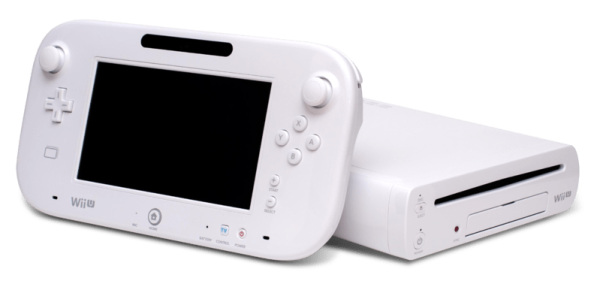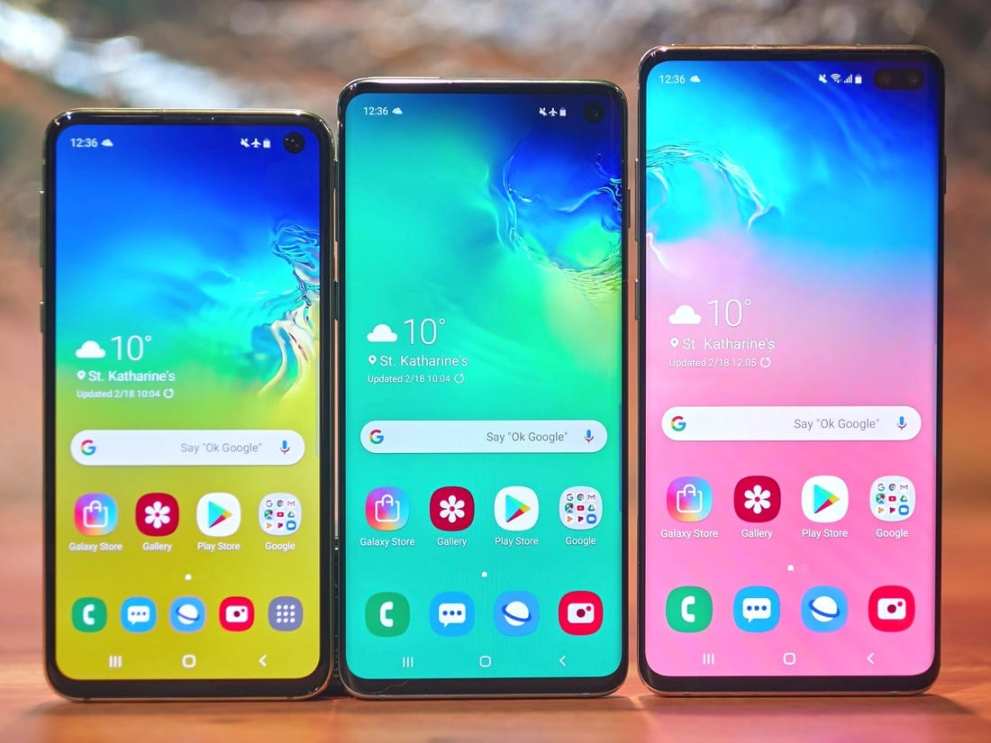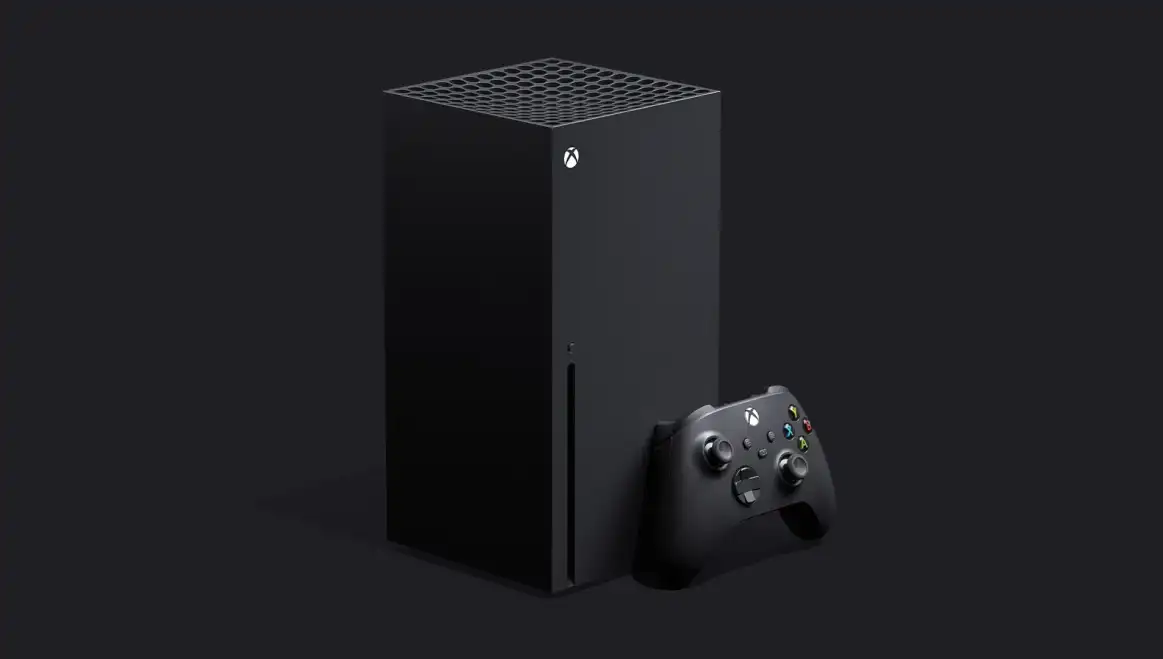During this year’s Game Awards, arguably the biggest announcement was the long-awaited reveal of Microsoft’s next console, the Xbox Series X. I had a gut feeling Microsoft would announce the console soon, but doing so at The Game Awards actually caught me off-guard.
First impressions are always important, and though reception to its design has been divisive, I find myself strangely drawn to its rectangular appearance. There’s something refreshing about its simplicity. The console looks like a cross between the original Xbox One and the first Amazon Echo device with a bit of low-rez Tesla Cybertruck and 2001: A Space Odyssey Monolith thrown in for flavor.
The Series X name, however, is far less interesting and actually not very clever. In fact, I’m certain it’s going to cause a whole bunch of issues moving forward.
For starters, “Xbox Series X” is confusingly reminiscent of the Xbox One X (even though the consoles look nothing alike). From there, the rabbit hole of confusion only runs deeper because, as it turns out, “Xbox Series X” isn’t even the console’s true name.
You see, Business Insider recently dropped quite the bombshell: Microsoft’s next generation of consoles will be called Xbox —not Xbox Series X— which is the same name as the company’s first console. “Series X” is actually a sub-name of this new console.
I need to ask those at Microsoft responsible for this decision a hard question: isn’t giving an upcoming console a name identical to your first console a brand recognition/marketing faux pas? Compare the upcoming Xbox console (which I now have to clarify with the phrase “not to be confused with the original Xbox”) with, say, the Wii and the Wii U.

When Nintendo announced the Wii U, the company botched the announcement. Audiences were unsure if the Wii U was its own console or just an add-on for the Wii, and the name did not help matters.
The upcoming generation of Xbox consoles repeats this problem. One must never forget the all-encompassing importance of distinctive names. The name “Xbox Series X” not distinctive, and it doesn’t tell the audience anything about the device. With the Xbox One, we knew that the “One” stood for “all-in-one entertainment system” and that the console was superior to the Xbox 360. At least, we did once Microsoft regained its marketing sea legs.
But that’s not the end of the Series X’s woes. A device’s name shouldn’t just differentiate it from other products; it needs to speak to its target audience and say something important about the device. The Nintendo Switch is an excellent example of this in action since the moniker “Switch” clearly lays out the console’s capacity to switch —pun obviously intended— between a home console and a handheld,
What does the name Xbox say? It says “Microsoft’s first generation of consoles,” not the next generation.
Comparatively speaking, Sony always knew how to market its consoles. Each platform is called the PlayStation (insert number indicating its generation here). This simple and distinct naming convention instantly tells audiences important information, e.g., the PlayStation 4 is more powerful than the PlayStation 3, which in turn is more powerful than the PlayStation 2.
This habit of providing pertinent information in the consoles’ names also applied the intermediate console iterations. The compact version of the PlayStation 4 was called the PlayStation 4 Slim, and the powerhouse version was named the PlayStation 4 Pro. Simple, effective, and distinct; everyone knew the capabilities and features of each by name alone. Microsoft, meanwhile, seemingly tried to reinvent the wheel of naming conventions when it produced the Xbox Series X…er, the Xbox.
That being said, if Microsoft wants to create the Series X model and then produce a more compact and/or powerhouse version, I have nothing against such a plan. It’s a structure that emulates the phone industry, which has been very successful in producing iterative models.

Audiences will always have three primary entertainment platforms: one for smaller, cheaper products; one for standard, middle-of-the-road gadgets; and one for expensive, imposing devices that provide the best visual experience. These markets reflect the simple reality that some customers can’t afford the standard version, others can, and a few have money to spare on the deluxe model.
However, these markets only function when people understand the differences between their associated products, and a name can make or break that understanding. Many cell phones feature names that are as distinctive as the PlayStation 4 consoles. Each instantly differentiates the products from the previous generation of phones/consoles and delineates the differences between their counterparts.
Comparatively, the upcoming Microsoft console flies in the face of this logic. The name of the initial model, Xbox Series X, isn’t distinct enough to be instantly recognizable from the Xbox One X, let alone describe how the Series X is superior to the One X since they both share the sub-name “X.”
Moreover, Microsoft has spent years of marketing associating the letter “X” with powerhouse versions of a console, and now they have reversed course to associate the letter with the vanilla model of a new platform. This is an example of marketing whiplash that will likely create confusion due to a poorly chosen name.
I will not be surprised if many parents (or grandparents) will want to buy the Xbox Series X console for their child, be baffled by the number of consoles with similar names, and finally throw their hands up in defeat and buy a much more self-explanatory PlayStation 5. I hope I’m wrong, though. I really hope I’m wrong.





Published: Dec 23, 2019 10:40 am